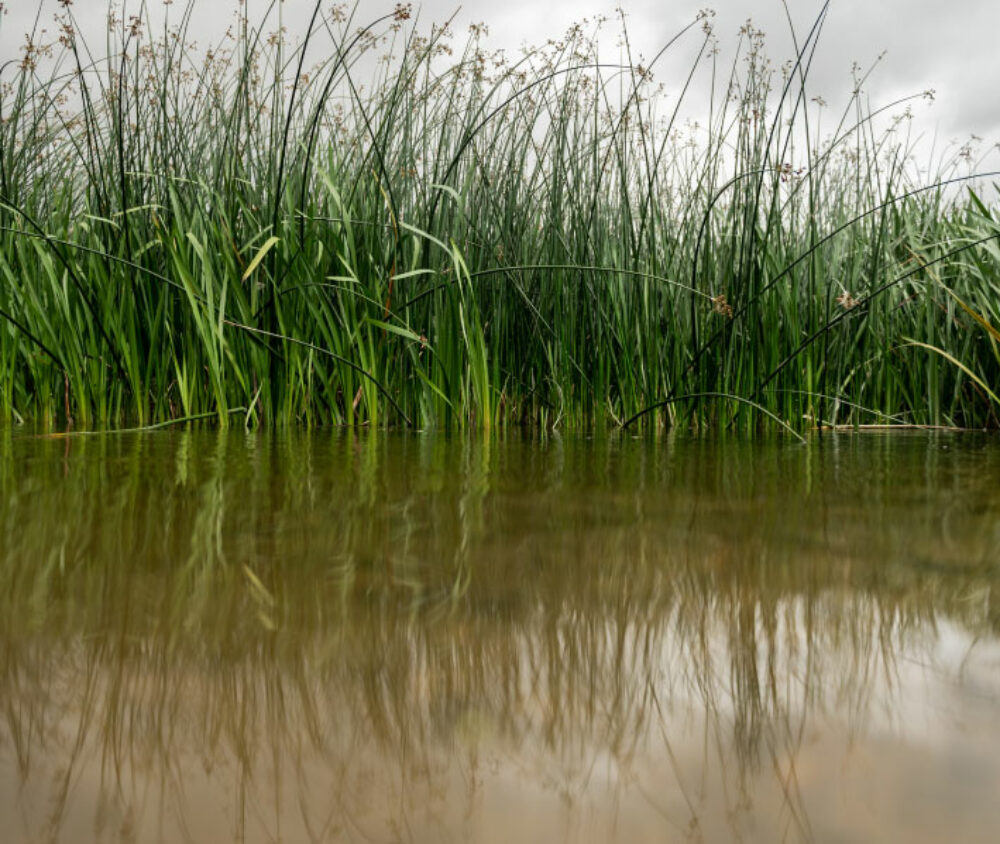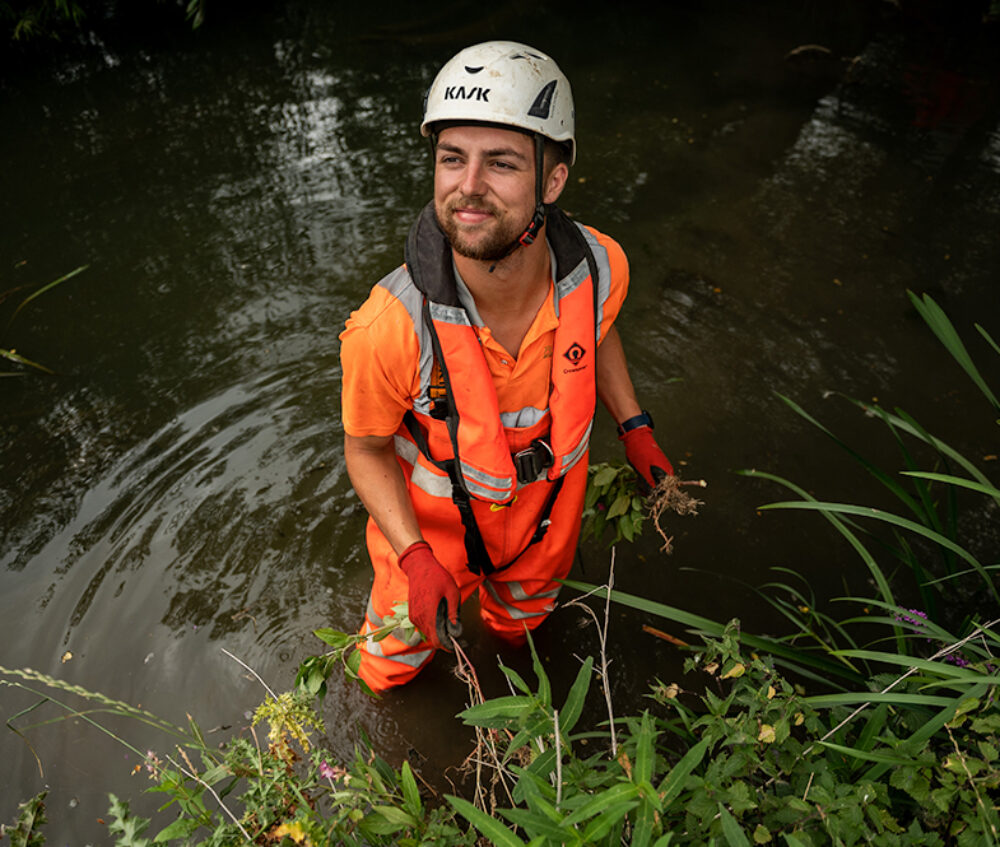
Nutrient Neutrality
FiveRivers have been delivering schemes in rivers and wetland habitats across the UK since 1997 and we are one of the leading providers of nutrient neutrality services. Our comprehensive natural capital service helps housing developers, local authorities, and landowners in meeting their requirements for nutrient neutrality or diversifying into natural capital markets such as biodiversity net gain.
Nutrient Neutrality (NN) is the system of ensuring that a development project or site does not add a nutrient burden in to a river catchment by ensuring no net increase in nutrients within the catchment. The purpose of the nutrient neutrality mitigation measures is to avoid impacts to the designated sites, rather than compensating for the impacts once they have occurred. Nutrient neutrality is now a condition enforced through the planning system in 32 Designated sites, protected by the conservation of Habitats and Species regulations 2017, which are in an unfavourable condition due to excess nutrients. As of March 2023 Natural England have advised an additional 42 local planning authorities and identified a further 20 protected sites that are adversely impacted by nutrient pollution.
FiveRivers have been a member of the Constructed Wetland Association (CWA) since 2018, and most importantly we are passionate about wetlands and improving water quality. Our nutrient neutrality experts deliver customised solutions tailored to each project’s specific needs. We ensure that a development project or site does not add a nutrient burden in to a river catchment.

The Problems
Nutrient Neutrality Mitigation
Nutrient neutrality mitigation could include a range of measures including creating new wetlands to strip nutrients from water or changing land use to alter the nutrient loading within a catchment i.e. planting permanent woodland on farm land. This requirement for nutrient neutrality has had a significant negative impact on the number of homes granted planning permission in the affected planning authority areas.
New residential development can only happen if the nutrient load, created through additional wastewater from the development, is mitigated. The common blockers to finding and initiating mitigation are as follows:
- Space onsite for mitigation.
- Time limitations, restrictions, and delays.
- Requirement for offsite solutions.
- Expertise needed for credit approval.
- Costs for implementation.
To obtain planning there is a requirement to calculate nutrient budgets of new development sites; balancing the inputs, outputs, factoring in land use and existing Sewage treatment works treatment to give a total increase of nutrients discharged as a result of the proposed development.
If the development does not have a neutral impact on nutrient loading, nutrient neutrality mitigation must be designed that demonstrates ‘neutrality’. Nutrient neutrality mitigation could include a range of measures including constructed wetlands and land use change within red line boundaries to purchasing credits for off-site mitigation.
FiveRivers in-house capabilities along with our supplier network allow us to provide a turnkey solution to mitigation blockers. Our involvement with a variety of stakeholders has given us the expertise to deliver nitrate and phosphate wetlands and other nature-based solutions according to the needs of the client.

The Solutions
Nutrient Neutrality Wetlands
We are experiencing increased pressure on water resources, with water quality within river systems high on societies agenda. Nutrient neutrality is a key piece of legislation in place to reduce the likelihood of deterioration within river catchments from new development.
Our multi-disciplined teams and supplier network allows FiveRivers to deliver best practice solutions from optioneering and scoping to construction of integrated constructed wetlands (ICWs) to monitoring. The following processes are essential in getting your mitigation solution delivered on the ground with reliable data and technical detail required to meet nutrient legislation standards:
- Optioneering and scoping for the best solution within your redline boundary or separate land parcel.
- Expert understanding of the timescales and processes required to deliver mitigation.
- Nutrient Credit calculations to show scale of offsets for developments and potential credit yield.
- Site investigations to determine viability of mitigation solutions.
- Design of functioning and integrated wetlands.
- Competent construction phase to provide a quality assured product.
- Monitoring, and maintenance expertise to ensure long term function and credit outputs.
FiveRivers have been delivering schemes in rivers and wetlands habitats across the UK for more than 25 years and have been instrumental in developing best practice across the sector. By providing design, construction, and monitoring services for wetlands in house we can manage the whole process for you. We are working with housing developers, regulators and nutrient credit schemes to undertake feasibility, design and construction of wetlands to enable Nutrient Neutrality for development sites.

Contact us
Talk to an expert in Nutrient Neutrality
Matthew Janes
Natural Capital Consultant
Get in touch by either phone or email to speak with Matt and discuss your needs. Alternatively click the button below to complete our contact form.
Telephone: 01722 783 041
Email: matthew.janes@five-rivers.com

Thank you for booking.
To stay in touch, please sign up to our newsletter.
Return to five-rivers.com
